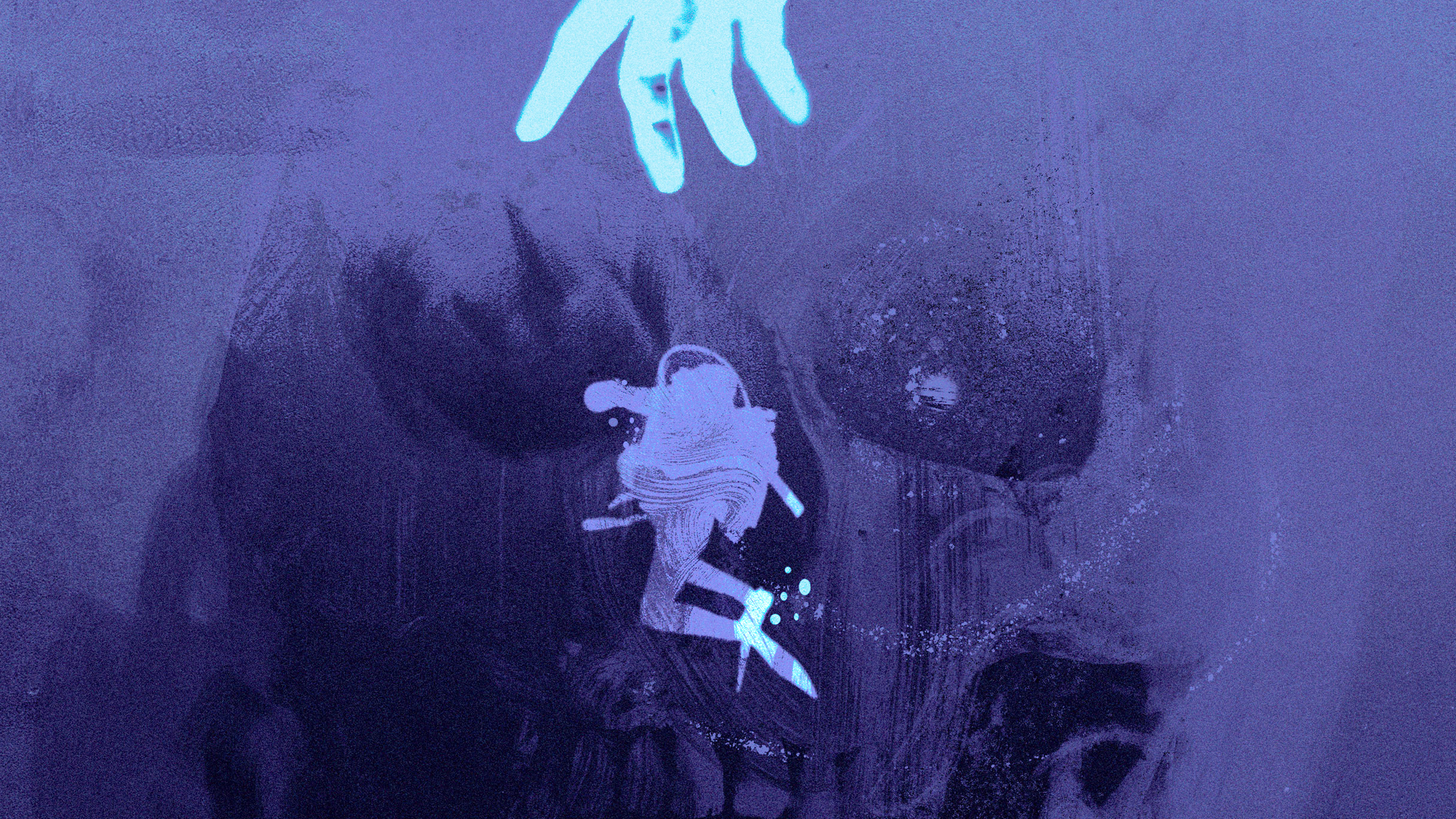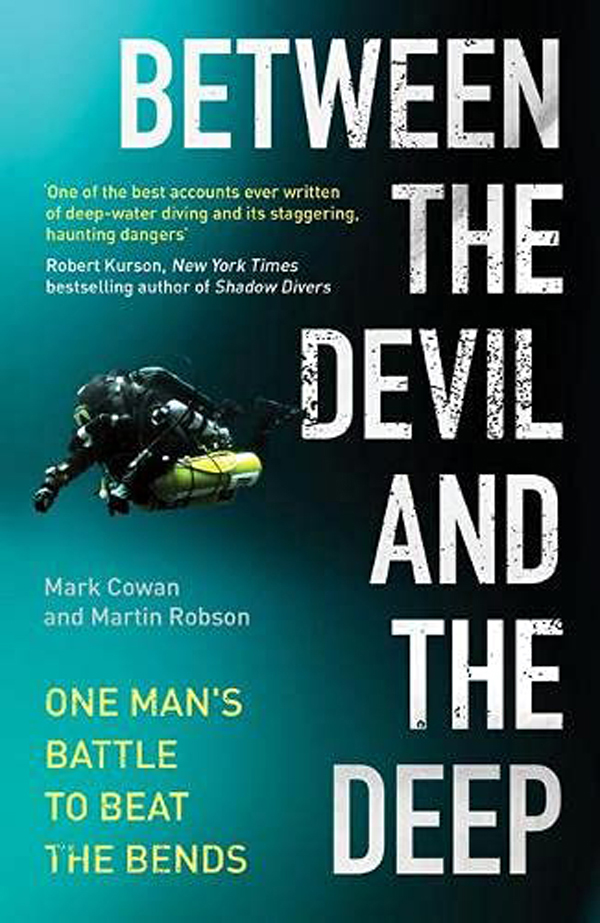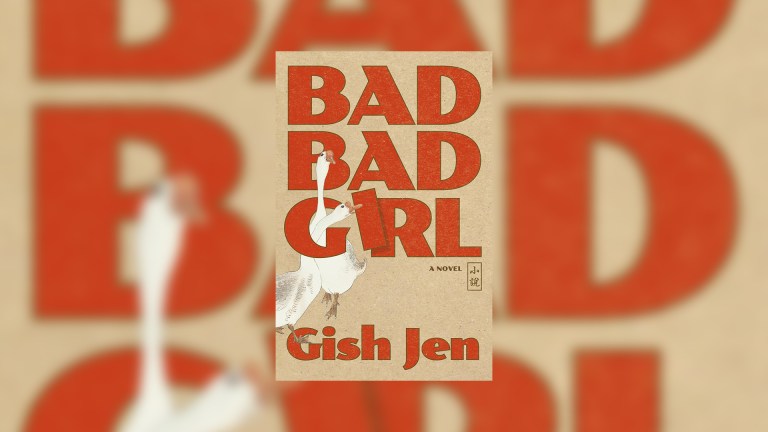More than 200 metres beneath the surface of a mysterious lake in Russia, I reached the bottom and knew I was in a place that no other human being had ever experienced before.
Wrapped in the icebox grip of the water, I saw the fine layer of silt and rock disappear beyond the beam of my torch and did exactly what I had planned to do on making it to the bottom of the lake: I went off exploring.
In the depths of Blue Lake, in Kabardino-Balkaria, southern Russia, I was a British adventurer in an alien world. I was there in search of a submerged cave never before seen by the human eye. I lived for such places and such moments. But I never expected that this might leave me fighting to save my life.
I am one of the world’s leading instructors in deep diving and cave diving. In January 2012, I joined a multinational expedition exploring Blue Lake. Located in the Caucasus Mountains, the lake has confounded many people. Every day, millions of litres of water pour from it, but the lake level never drops. Yet there is no in flow of water at the surface. That is why some people believe in the existence of an underwater cave.
As a former Royal Marine Commando, I had spent most of my adult life exploring submerged caves, snaking through narrow passageways and floating through vast cathedral-like chambers with stalactites hanging like chandeliers.
For me, there’s nothing like it. Imagine the most amazing geological structures carved into the most otherworldly shapes by the water. They surround you – up, down and sideways – and you are weightless in water so gin-clear it hurts your eyes, and all you want to do is see what’s around the corner.










